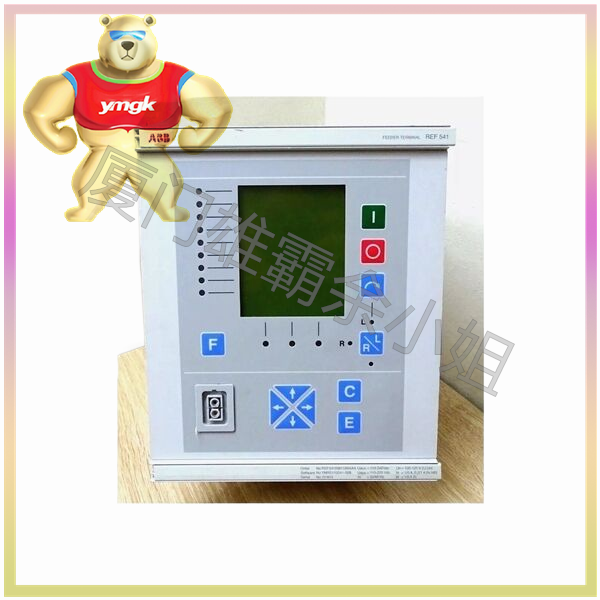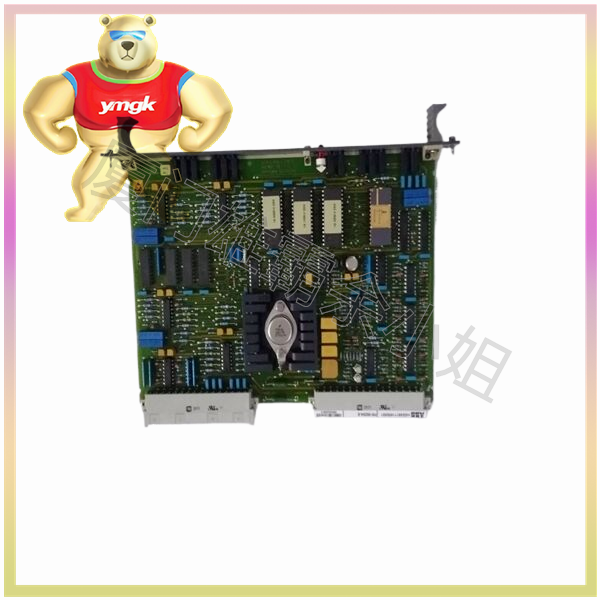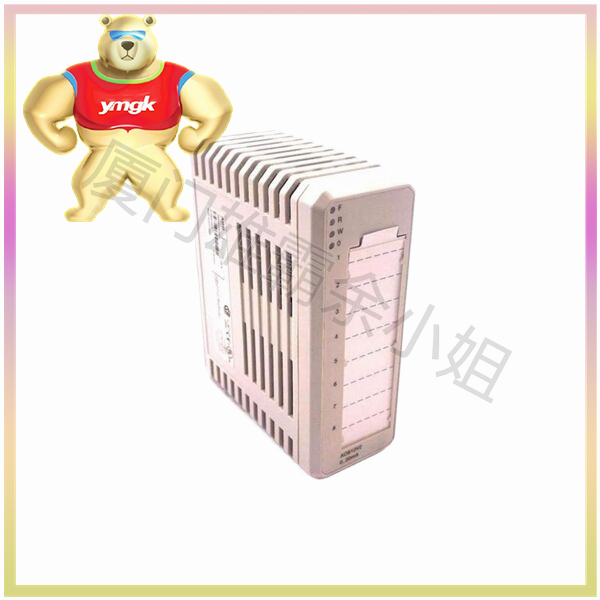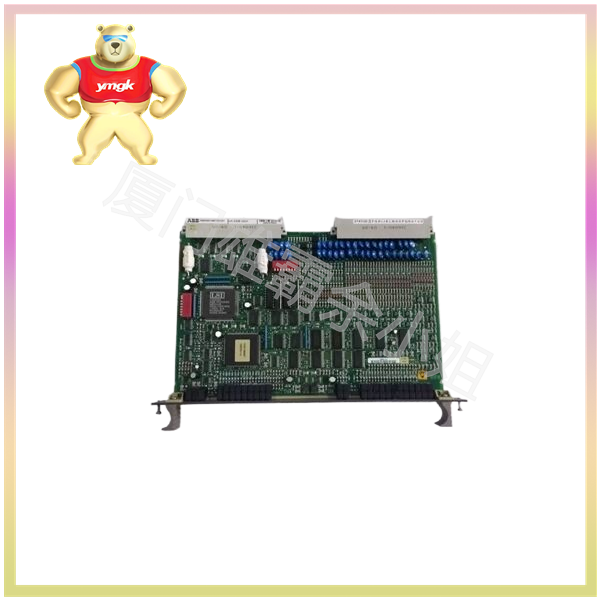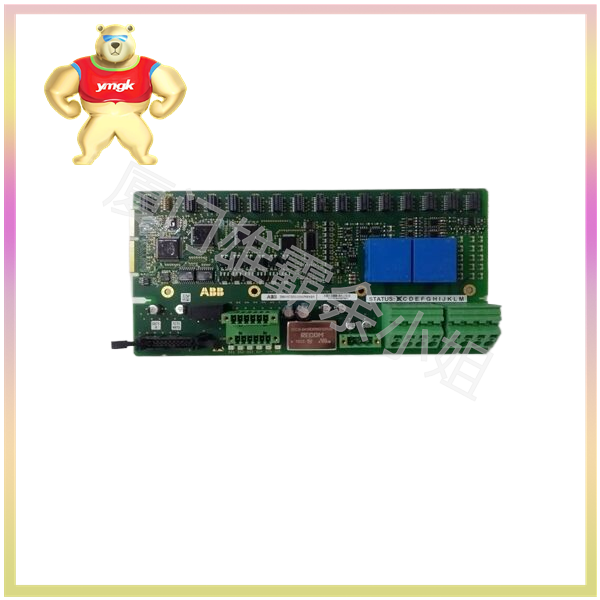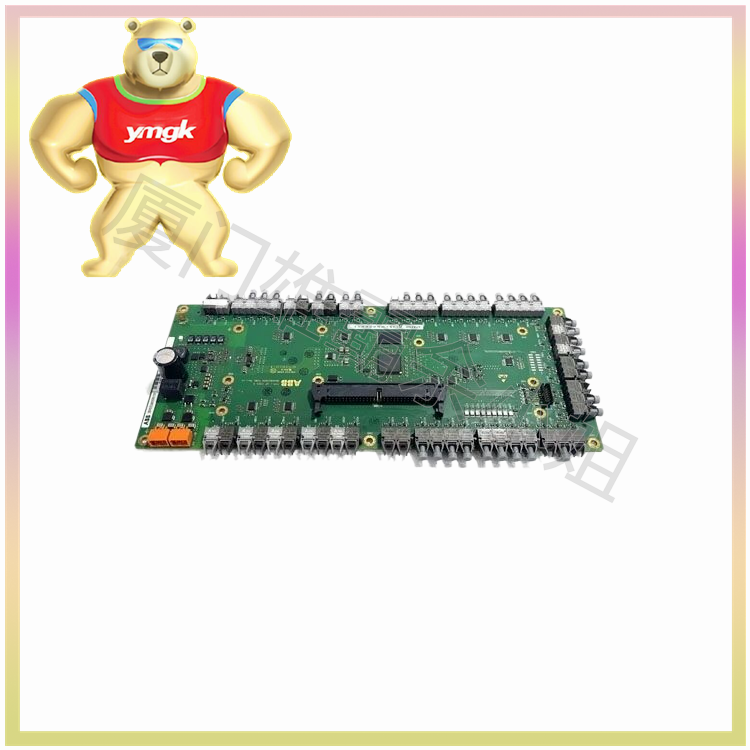Relay module is a commonly used electronic component used to control the switching of circuits. Relay modules are usually composed of relays, contacts, coils, switches, etc. The use of relay modules can achieve control and protection of high-power circuits, while also having the function of isolating and amplifying signals. This article will provide a detailed introduction on how to use relay modules to control circuits.
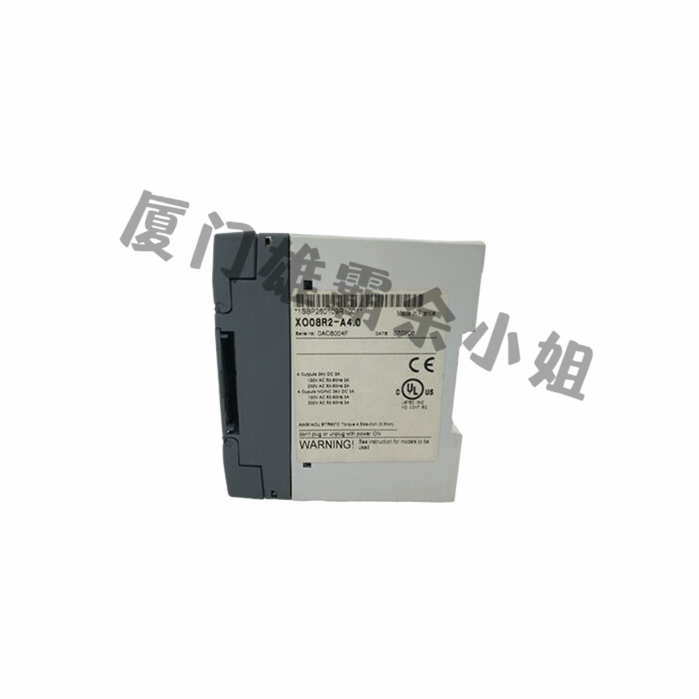
Part 1: Basic working principle of relay module
A relay is an electromagnetic switch that controls the switching state of contacts through the magnetic field generated by the current in the coil. Relay modules typically consist of an electromagnetic relay and a control circuit (such as switch circuits, sensor circuits, etc.).
Electromagnetic relay is the core part of relay module, which can convert the control signal of low-power circuit into the switching action of high-power circuit. Electromagnetic relays are generally composed of coils, moving iron cores, and contacts. When the coil is energized, it generates a magnetic field that magnetizes the moving iron core and attracts the contacts to close. When the coil is powered off, the magnetic field disappears, the moving iron core returns to its original state, and the contacts open.
The control circuit of a relay module is usually provided with control signals by a switch circuit or sensor circuit. For example, a button can be used to control the switching action of a relay. When the button is pressed, the control circuit will supply power to the coil of the relay, and the contacts will close; When the button is released, the coil loses power and the contacts open.
Part 2: Installation and Connection of Relay Modules
Before using a relay module, it is necessary to install it in a suitable location, usually in a control box or distribution box. Next, connect the input and output ports of the relay module as needed.
Relay modules typically have 8 pins, including 2 coil pins and 6 contact pins. The coil pin is responsible for controlling the switching action of the relay, usually marked with “+” and “-” symbols, corresponding to the positive and negative poles of the DC power supply, respectively. Contact pins are used to connect power supplies and controlled devices, and are generally divided into normally closed contacts (usually connected) and normally open contacts (usually disconnected).
Next, according to actual needs, connect the input and output ports of the relay module to the circuit that needs to be controlled. For example, if we want to control the switch of a light bulb, we can connect the power cord of the bulb to one contact pin of the relay module, and connect the other contact pin to another section of the power supply. By controlling the coil pins of the relay module, we can achieve on/off control of the light bulb.
Part Three: The Purpose and Application Scenarios of Relay Modules
Relay modules are widely used in various electrical control systems, such as home lighting systems, motor control systems, temperature control systems, etc. The following are common application scenarios for relay modules:
- Lighting control: Relay modules can be used to control the on/off of light bulbs, streetlights, billboards, etc. By using sensors, timers, and other devices, automatic control of lighting can be achieved, improving energy efficiency.
- Motor control: The relay module can be used to control the start stop, forward and reverse rotation of the motor. Accurate motor control can be achieved by controlling the speed and direction of the motor.
- Electric heater control: In the temperature control system, relay modules can be used to control the on/off of the electric heater. When the temperature reaches the set value, the relay module will automatically turn off the electric heater to achieve temperature control.
- Security system: Relay modules can be used to control the on/off of devices such as cameras, alarms, and access control systems. By using sensors, password locks, and other devices, it is possible to control and protect the security system.
- Industrial automation: In industrial control systems, relay modules are widely used in the control, signal isolation, fault protection, and other aspects of mechanical equipment.
Part Four: Precautions and Maintenance of Relay Modules
When using relay modules, the following points should be noted:
- Power supply voltage: Relay modules typically have a specific operating voltage range. Before use, it is necessary to confirm whether the power supply voltage used matches the rated voltage of the relay module.
- Load current: The relay module has a rated load current, and if it exceeds the rated current, it may damage the relay or cause the contacts to melt. Therefore, when using relay modules, it is necessary to choose the appropriate relay module based on the power and current of the load.
- Coil power consumption: The coils of relay modules usually require a certain amount of power consumption. Therefore, when selecting relay modules, it is necessary to consider the stability of the power supply and the limitations of power consumption.
- Relay lifespan: The lifespan of a relay module is usually determined by the lifespan of its contacts. The more times a contact is switched, the shorter its lifespan. Therefore, when connecting relay modules, it is necessary to choose the material and quality of the contacts reasonably to extend the service life of the relay module.
In order to ensure the normal operation of the relay module and extend its service life, regular maintenance and upkeep are necessary. Common maintenance measures include cleaning the contacts, regularly checking the wiring connections and fixing screws, and preventing the intrusion of moisture and dust.

